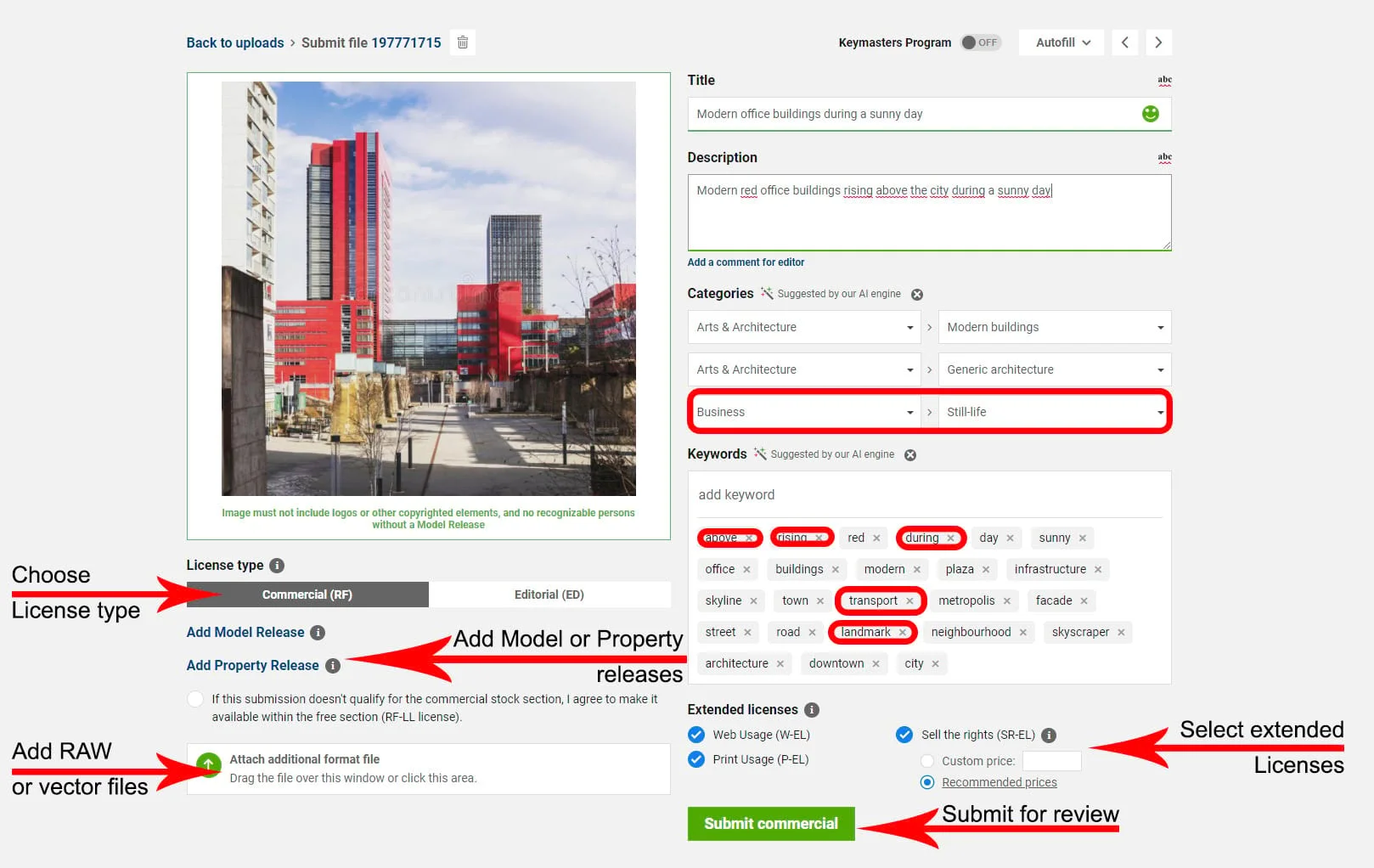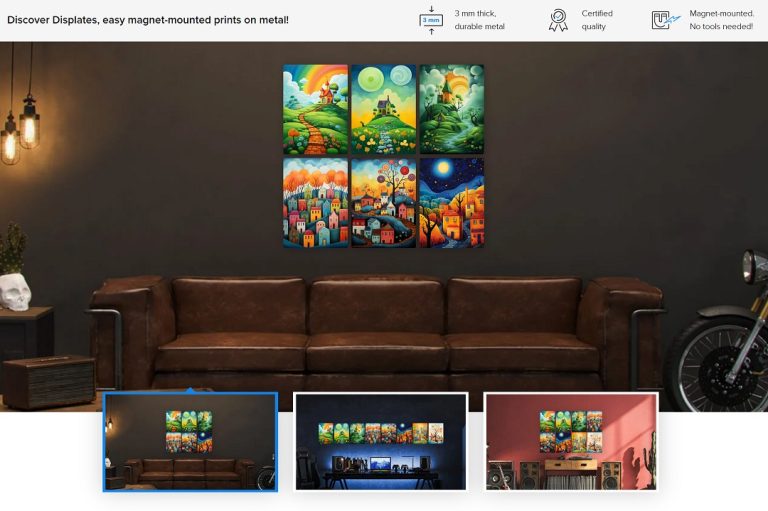How to Become a Dreamstime Contributor
Table of Contents
Introduction to Dreamstime
Dreamstime is one of the largest and most respected stock photography platforms in the world. With over 650,000 contributors and nearly 32 million users, it’s a thriving community for photographers, videographers, illustrators, and musicians. If you’re looking to monetize your creative work, Dreamstime offers a lucrative opportunity with some of the highest royalties in the industry.
In this guide, we’ll walk you through the process of becoming a successful Dreamstime contributor, from registration to maximizing your earnings. Whether you’re a seasoned professional or just starting, these steps will help you make the most out of your submissions.
Why Choose Dreamstime?
Before diving into the process, let’s explore why Dreamstime stands out in the crowded field of stock photography agencies.
Key Benefits of Dreamstime:
- Established Platform: Founded in 2000, Dreamstime is a pioneer in the stock photography industry, offering a reliable and secure platform for content creators.
- Massive User Base: With 32 million registered users, including media professionals, marketers, and freelance journalists, your work has the potential to reach a vast audience.
- High Royalties: Dreamstime is known for offering some of the best royalties in the industry, providing contributors with a steady income stream.
- Community Support: Dreamstime hosts active forums and blogs where contributors can interact, share tips, and stay updated on industry trends.
Getting Started: Registration
The first step to becoming a Dreamstime contributor is creating an account. The process is simple and free. You’ll need a valid email address to get started.
Steps to Register:
- Visit the Dreamstime website and click on the registration link.
- Fill out the required information, including your real name. This is important as you’ll need to submit tax forms and request payments using your legal identity.
- Choose a username, which can be an alias if you prefer to keep your identity private.
Once registered, you’re ready to start uploading your content.
Uploading Your Content
Uploading your images, videos, vector illustrations, or audio files to Dreamstime is a straightforward process. However, it’s crucial to be selective and strategic about what you upload.
Best Practices for Uploading:
- Quality Over Quantity: Focus on uploading high-quality content with a variety of subjects. Inspect your files at 100% size to ensure there are no defects.
- Use FTP for Bulk Uploads: If you have a large collection of files, consider using FTP to upload them more efficiently.
- Resolution Requirements: Ensure that your images are over 3 megapixels in resolution. Even smartphone photos can meet this standard, but always aim for the best possible quality.
Remember, only upload content that you own the rights to. Dreamstime strictly enforces copyright laws, and any infringement can lead to account termination.
Describing Your Images: The Key to Sales
After uploading your content, the next step is to describe your images accurately and effectively. This step is crucial for optimizing your content for search engines, both within Dreamstime and externally.
Tips for Effective Descriptions:
- Be Descriptive and Accurate: Describe only what is visible in the image. Avoid using metaphors unless they are highly relevant.
- Unique Content: Ensure that your descriptions are unique and not copied from other sources. This helps in boosting your search engine rankings.
- Optimize Keywords: Use relevant keywords and categories to increase your content’s visibility. Dreamstime’s AI can assist in this process, but it’s essential to review and refine these suggestions to ensure accuracy.
- Commercial vs. Editorial Licensing: Decide whether your images should be categorized as commercial or editorial. Commercial images can be used for both purposes, but editorial images are restricted to non-commercial use.
Model and Property Releases
If your images feature recognizable people or private property, you will need to submit signed model or property releases. This step is mandatory for commercial licensing and helps protect both you and the buyer from legal issues.
Releases Overview:
- Model Release: Required for images featuring identifiable individuals. You can find blank release forms in the utilities section of Dreamstime’s website.
- Property Release: Necessary if your images include recognizable private property or copyrighted elements like logos or artwork.
If you cannot provide these releases, consider submitting your work under an editorial license instead.
Submitting for Review
Once you’ve uploaded and described your images, the final step is to submit them for review. Dreamstime’s review process is quick, usually taking only a few days. You’ll receive an email notification once your content has been reviewed and accepted or rejected.
After Submission:
- Approval Rating: Your approval rating is an important metric on Dreamstime. It affects your placement in search results, which in turn impacts your sales.
- Track Performance: Once your content is accepted, monitor its performance in your account’s online files section. Here, you can see details such as upload dates and the number of downloads.
Maximizing Your Earnings on Dreamstime
Dreamstime offers multiple ways to earn, depending on your exclusivity status and the popularity of your content. Understanding these options can help you maximize your income.
Earnings Breakdown:
- Non-Exclusive Contributors: You can sell your content on multiple platforms, but you’ll receive a lower royalty percentage for each sale on Dreamstime.
- Exclusive Contributors: By choosing to sell your content exclusively on Dreamstime, you’ll earn higher royalties and benefit from better search engine placement.
- Extended Licenses: Consider offering extended licenses, such as the Selling the Rights (SR-EL) license. This allows buyers to purchase the full rights to your image, which can result in a significant payout.
Conclusion: Take the Leap and Start Earning
Becoming a Dreamstime contributor is a rewarding way to monetize your creative work. By following these steps, you can maximize your earnings and grow your presence in the stock photography market. Whether you’re looking to make a side income or turn this into a full-time career, Dreamstime offers the tools and support you need to succeed.
Start your journey today and join the thriving community of Dreamstime contributors.








